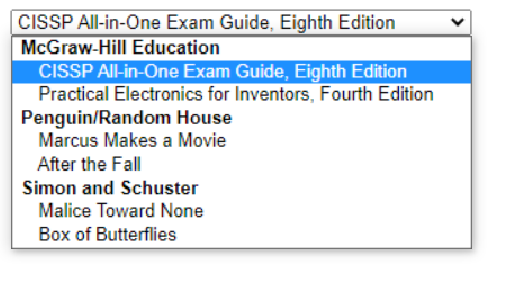Hello,
I am listing products from more than one table with the Select option
Product IDs in each table are not unique
I am posting the ID value of the selected product
How do I know which table the product is selected for?
<select name="urunler[]">
<option> </option>
<optgroup label="Çanak Antenler">
<option value="3">OFSET ÇANAK ANTEN TAKIMI 97 CM</option>
<option value="4">OFSET ÇANAK ANTEN TAKIMI 97 CM</option>
<option value="5">OFSET ÇANAK ANTEN TAKIMI 120 CM</option>
<option value="6">OFSET ÇANAK ANTEN TAKIMI 120 CM</option>
<option value="7">MEGA SAÇ ÇANAK ANTEN TAKIMI 135 CM</option>
<option value="8">MEGA SAÇ ÇANAK ANTEN TAKIMI 135 CM</option>
</optgroup>
<optgroup label="LNBler">
<option value="1">ONE TOUCH LNB MDU5</option>
<option value="2">QUATRO LNB </option>
<option value="3">QUATRO LNB </option>
</optgroup>
<optgroup label="Kablolar">
<option value="2">ANTEN KABLOSU RG 6 U/4</option>
<option value="4">ANTEN KABLOSU RG 6 U/6</option>
</optgroup>
<optgroup label="F Konnektörler">
<option value="1">F KONNEKTÖR SIKIŞTIRMALI RG 6 U/4</option>
<option value="2">F KONNEKTÖR SIKIŞTIRMALI RG 6 U/6</option>
<option value="5">F KONNEKTÖR SIKIŞTIRMALI RG 6 U/4</option>
<option value="6">F KONNEKTÖR SIKIŞTIRMALI RG 6 U/6</option>
<option value="7">F KONNEKTÖR SIKIŞTIRMALI RG 11</option>
</optgroup>
</select>

